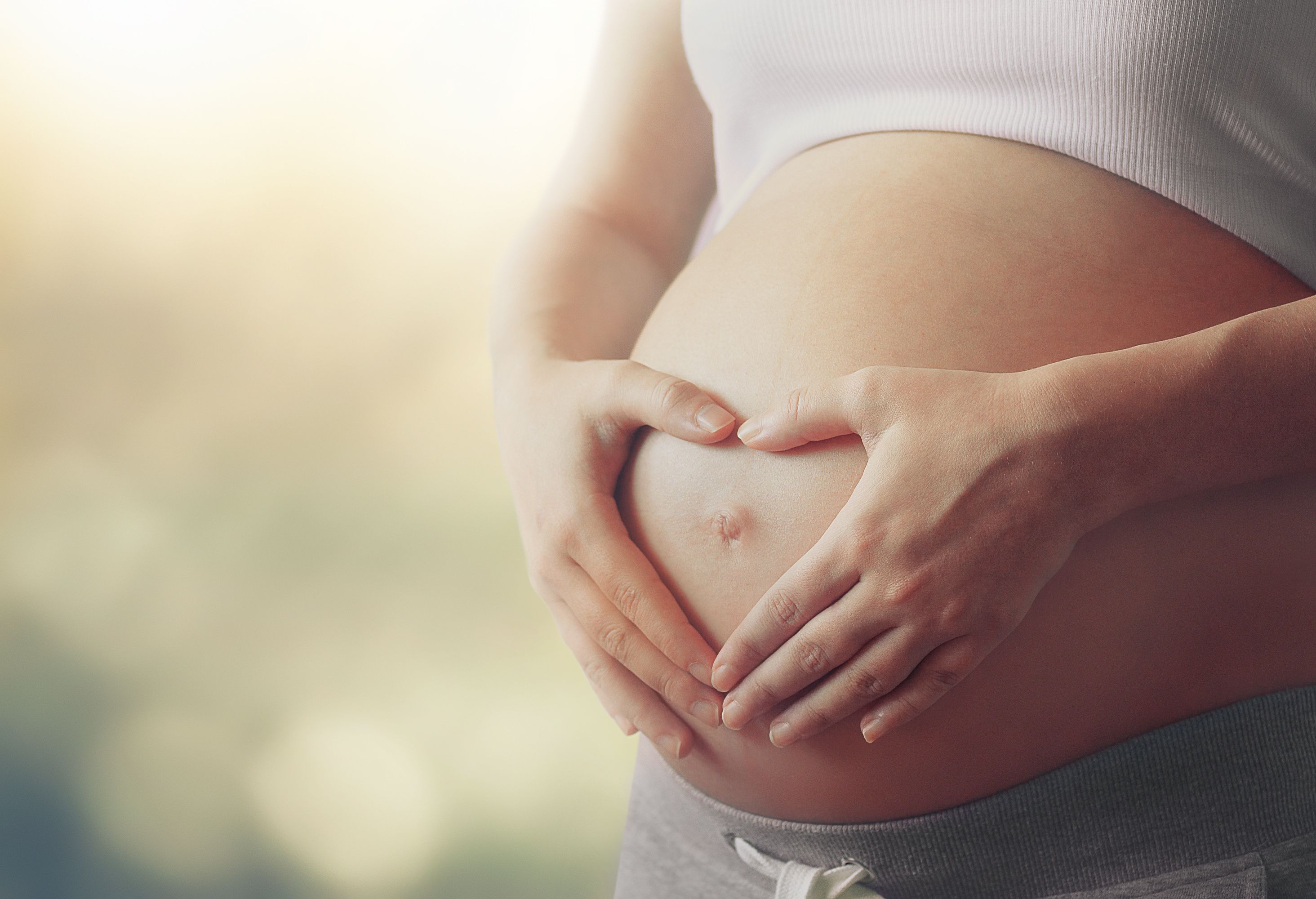How pregnancy intention impacts odds of pregnancy
In a recent study, women trying to become pregnant were more likely to experience pregnancy after 12 months than women contemplating pregnancy and women not trying or contemplating pregnancy.
How pregnancy intention impacts odds of pregnancy | Image Credit: © BazziBa - © BazziBa - stock.adobe.com.

Pregnancy intention status impacts the chances of being pregnant within 12 months, according to a recent study published in JAMA Network Open.
To implement preconception counseling suggested by the World Health Organization and the American College of Obstetricians and Gynecologists, practitioners must be able to recognize when individuals are likely to become pregnant. Research has indicated reproductive health care is only given to 44% of women in primary care.
Over half of all pregnancies are unintended, and some women may change their intention or report it differently. This shows a need for improved methods of identifying pregnancy intention.
To assess how pregnancy probability and intention is associated with screening questions, investigators conducted a study using data from a web-based open cohort, the Nurses’ Health Study 3 (NHS3). Participants included female and male nurses born in the United States or Canada from January 1, 1965, onward.
Follow-up questionnaires are sent through the NHS3 every 6 months, with additional surveys on pregnancy intention sent every 3 months. In the current study, follow-up lasted until April 1, 2022, with the baseline questionnaires completed by October 1, 2020.
Eligibility criteria included having returned at least 1 follow-up questionnaire within 18 months after the baseline questionnaire. Exclusion criteria included being pregnant at baseline, aged over 44 years, having reached menopause or being uncertain about menopause status, and having received a hysterectomy or tubal ligation.
In the baseline and follow-up questionnaires, women were asked if they were trying to become pregnant or thought they might become pregnant in the next year. Women actively trying were asked if they had stopped using contraception and for how many months they had been trying. Participant responses were compared to the expected log-normal distribution.
Covariates included race and ethnicity, age, residential address, marital status, pregnancy history, educational attainment, and partner educational attainment. Women in the final sample were more often younger, non-Hispanic White, and nulliparous than women excluded.
There were 18,376 premenopausal, nonpregnant women in the final cohort, aged a mean 32.4 years. Most were born and lived in the United States. Active attempts at conception were seen in 5.5% of participants, consideration of pregnancy in 13.3%, and neither in 81.2%.
Among women asked about contraception use and pregnancy intention, 93.6% were actively trying and not using contraception. Of women contemplating pregnancy and those not trying to conceive, 68.6% and 73.6% were using contraception respectively.
Of the women actively trying to conceive at baseline, 33.7% had been trying for at least 12 months. Being nulliparous, being married or in a domestic relationship, and attending religious services were more common in women trying to conceive.
The odds of becoming pregnant were greater in women who were actively trying to become pregnant at baseline, with a 38.8% crude cumulative probability of pregnancy at 12 months, compared to 27.7% in women contemplating pregnancy and 1.7% in women not trying to conceive or contemplating.
Women trying to conceive were 23.1 times more likely to become pregnant at 12 months than women not trying or contemplating, while those contemplating were 13 times more likely. The median time from intention assessment and pregnancy was 3.3 months in those trying to conceive, 6.7 months in those contemplating, and 7.8 months in those doing neither.
Race and ethnicity, age, and partnership status impacted pregnancy status, while educational attainment had no effects. Women who were non-Hispanic White, aged 35 years and older, unpartnered, or nulliparous saw an increased association between pregnancy intention status and pregnancy.
During follow-up, 11.2% of participants experienced a change in pregnancy intention status. Changes were most often seen in women contemplating pregnancy at baseline. A change in pregnancy intention was reported by 46.5% of this population, to actively trying by 18.8%, and to not trying by 27.7%
An overall association was found between pregnancy intention status and pregnancy after 12 months. Investigators recommended screening for pregnancy intention to determine pregnancy odds in reproductive-aged women.
Reference
Wang S, Minguez-Alarcon L, Capotosto MP, et al. Pregnancy intention, changes in pregnancy intention, and pregnancy incidence among female nurses in North America. JAMA Netw Open. 2023;6(5):e2311301. doi:10.1001/jamanetworkopen.2023.11301
Recap on reproductive rights with David Hackney, MD, MS
December 20th 2022In this episode of Pap Talk, we spoke with David Hackney, MD, MS, maternal-fetal medicine physician at Case Western Reserve University and chair of ACOG's Ohio chapter for a full recap of where restrictions on reproductive rights have been and where they're going.
Listen
In this episode of Pap Talk, Gloria Bachmann, MD, MSc, breaks down what it means to be a health care provider for incarcerated individuals, and explores the specific challenges women and their providers face during and after incarceration. Joined by sexual health expert Michael Krychman, MD, Bachmann also discusses trauma-informed care and how providers can get informed.
Listen
IUD placement within 48 hours nonsuperior vs 2 to 4 weeks after abortion
November 19th 2024A study reveals no significant difference in 6-month intrauterine device use between placements within 48 hours or 2 to 4 weeks after a second-trimester abortion, though earlier placement carries a higher expulsion risk.
Read More
